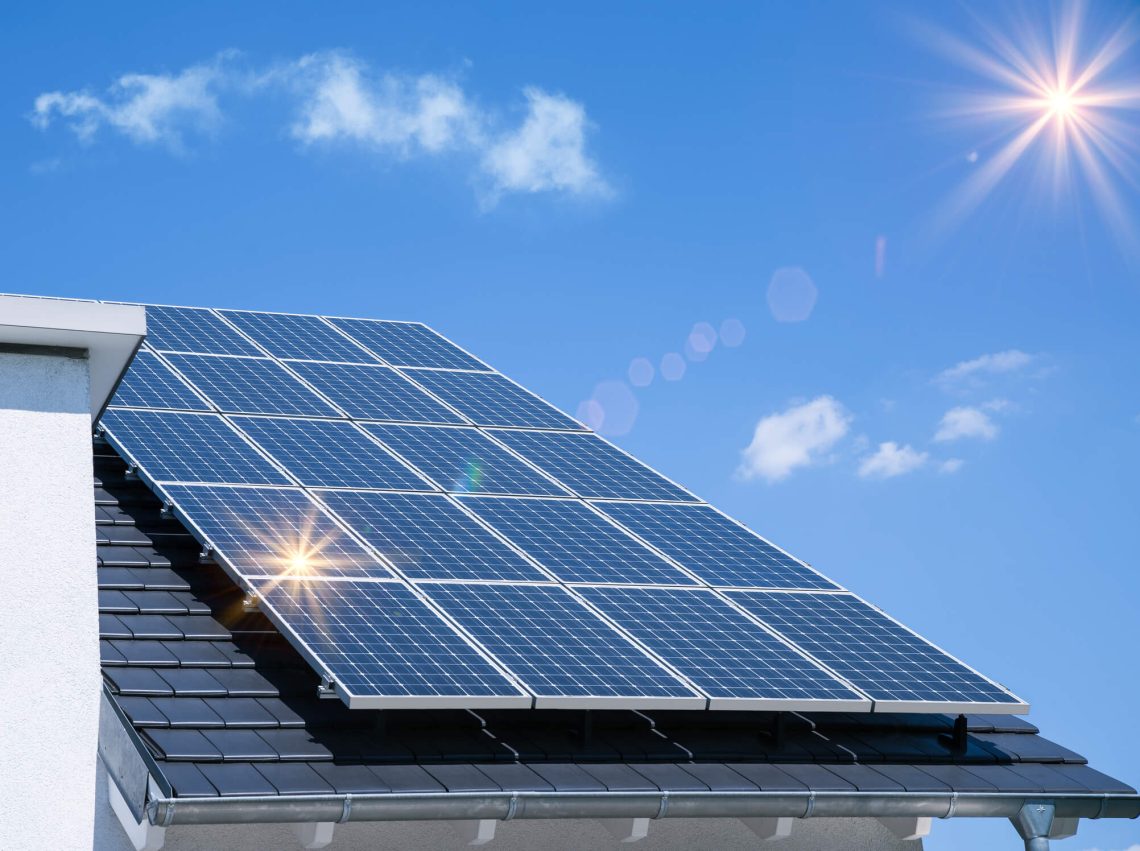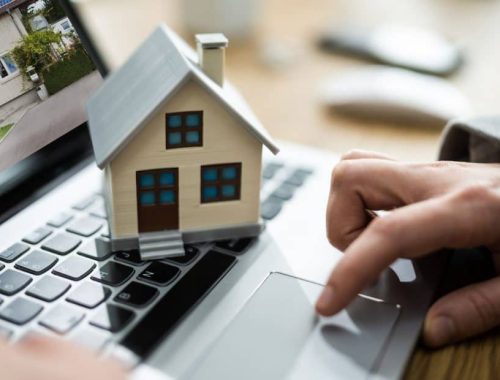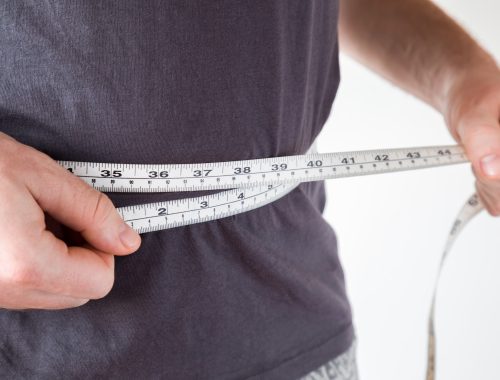
How to install Solar Panels at Home?
Solar panels have become increasingly popular as a renewable energy solution for homeowners looking to reduce their carbon footprint and save on utility bills. Go through the process of installing Solar Panels For Home, from understanding the benefits to the actual installation steps.
Factors to Consider Before Installing Solar Panels
- Roof Suitability
Before installing Solar Panels For Home, it’s essential to assess the suitability of your roof. Factors such as the size, orientation, and pitch of your roof will impact the efficiency and effectiveness of your solar power system.
- Sun Exposure
The amount of sunlight your roof receives throughout the day will directly affect the performance of your solar panels. Ideally, your roof should have unobstructed access to sunlight for most of the day to maximize energy production.
- Local Regulations
Before installing solar panels, you’ll need to familiarize yourself with local regulations and permitting requirements. These regulations vary by location and may dictate aspects such as system size, placement, and grid connection.

Steps to Install Solar Panels at Home
- Site Assessment
The first step in installing solar panels is to conduct a site assessment to evaluate your roof’s suitability and sun exposure. This may involve consulting with a professional solar installer to determine the optimal placement and size of your solar power system.
- Designing the System
Once you’ve assessed your site, the next step is to design your solar power system. This includes determining the number of panels needed, their placement on the roof, and the type of inverters and other equipment required for installation.
- Obtaining Permits
Before installing solar panels, you’ll need to obtain permits from your local government or utility company. These permits ensure that your solar power system complies with building codes and safety regulations.
- Installation Process
With permits in hand, the installation process can begin. This typically involves mounting the solar panels on your roof, connecting them to the electrical system, and installing monitoring equipment to track energy production.
- Connecting to the Grid
Once the solar panels are installed, they need to be connected to the grid through a process called grid interconnection. This allows you to sell any excess electricity generated by your solar power system back to the utility company, further reducing your energy costs.
You May Also Like

Maximize Your Value: Sell Your House Fast in Oak Ridge with Cash Home Buyers
December 11, 2024
How to Find Reputable Cash Home Buyers in Chicago?
June 28, 2024


